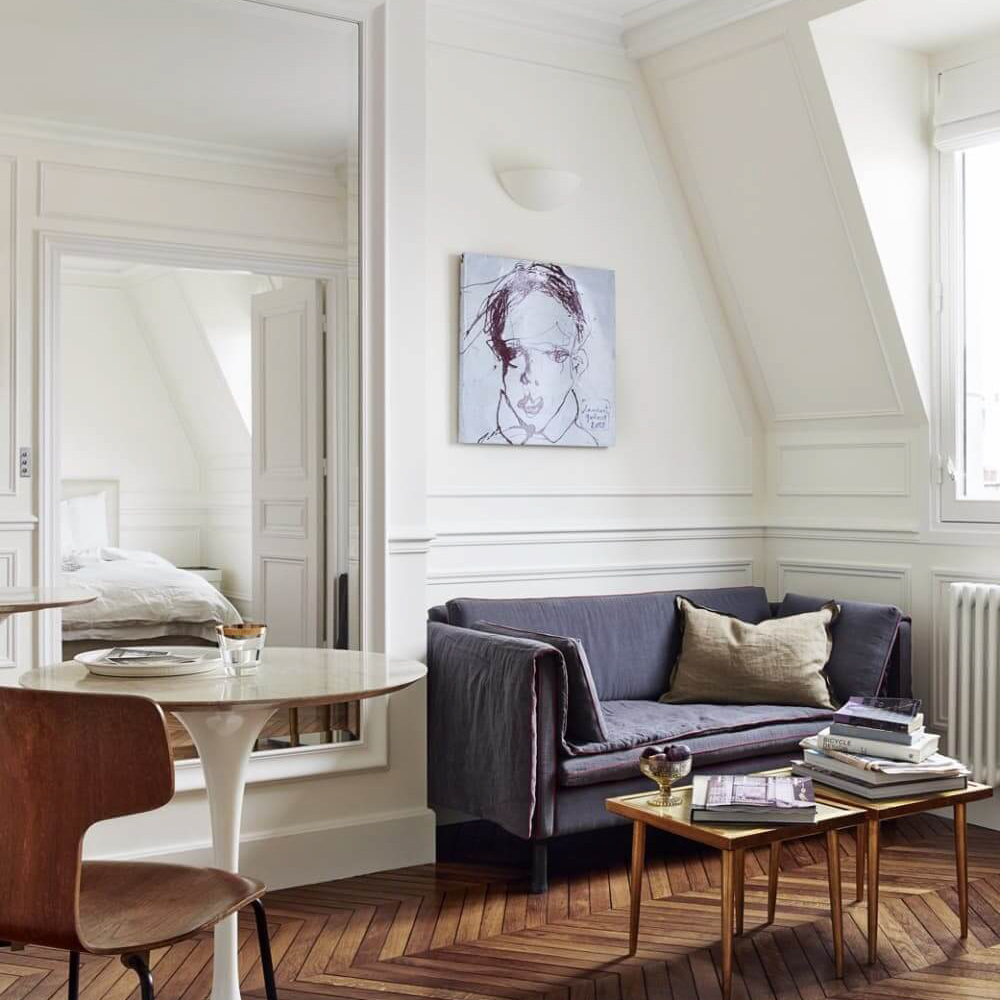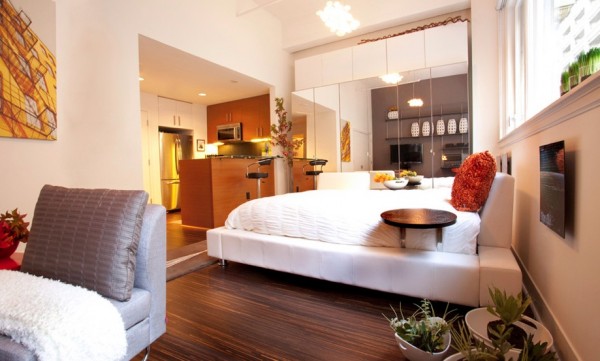Small Apartment Illumination: Maximizing Light in Limited Spaces

In the realm of urban living, small apartments are becoming increasingly prevalent. While these compact spaces offer the convenience of city life, they often pose a unique challenge: insufficient natural light. However, with a few clever design strategies, it is possible to illuminate even the smallest of apartments, creating a bright and inviting living environment.

1. Embrace Natural Light:

Maximize the use of natural light by keeping windows and curtains open during the day. Consider installing sheer curtains or blinds that allow light to filter in while maintaining privacy. Place furniture away from windows to avoid blocking sunlight.

2. Choose Light-Colored Walls and Ceilings:

Light colors reflect light, making spaces appear larger and brighter. Opt for white, cream, or light gray paint for walls and ceilings. Avoid dark colors, which absorb light and create a gloomy atmosphere.

3. Use Mirrors:
:max_bytes(150000):strip_icc()/studio-h-micro-apartment-renovation-studio-hoka-2-b615c277015f498393aa2cd1e45941c4.jpeg)
Mirrors reflect light and create the illusion of space. Place mirrors opposite windows to bounce natural light around the room. Use large mirrors or multiple smaller mirrors to amplify the effect.

4. Install Artificial Lighting Strategically:

Artificial lighting is essential for illuminating small apartments after dark. Choose a combination of overhead lighting, task lighting, and accent lighting to create a layered effect. Use dimmable lights to adjust the brightness as needed.

5. Utilize Overhead Lighting:

Overhead lighting provides general illumination throughout the space. Consider using recessed lighting, track lighting, or pendant lights to create a diffused and even light distribution.

6. Add Task Lighting:

Task lighting focuses light on specific areas, such as a desk or kitchen counter. Use desk lamps, floor lamps, or under-cabinet lighting to provide targeted illumination for reading, cooking, or other activities.
:max_bytes(150000):strip_icc()/EleanorEmail-5aaf1c6ec5cf45eea0a4cd70ddbd4b21.png)
7. Incorporate Accent Lighting:

Accent lighting highlights architectural features or decorative elements. Use picture lights, wall sconces, or recessed lighting to create focal points and add depth to the space.

8. Choose Energy-Efficient Lighting:
:max_bytes(150000):strip_icc()/Jonathan-Adler-Living-Room-58c44b7c5f9b58af5c6b2044.png)
Energy-efficient lighting, such as LED bulbs, consumes less energy and lasts longer than traditional bulbs. This is especially important in small apartments where space is limited and energy costs can add up quickly.

9. Consider Natural Elements:

Incorporate natural elements, such as plants or flowers, into your apartment. Plants absorb carbon dioxide and release oxygen, improving air quality and creating a more inviting atmosphere.

10. Keep it Clean and Clutter-Free:

A clean and clutter-free apartment reflects more light and creates a sense of spaciousness. Regularly declutter and keep surfaces clear to maximize light penetration.

By implementing these strategies, you can transform your small apartment into a bright and welcoming space that feels larger than it actually is. With a little creativity and planning, you can enjoy the benefits of natural light and create a comfortable and inviting living environment.











